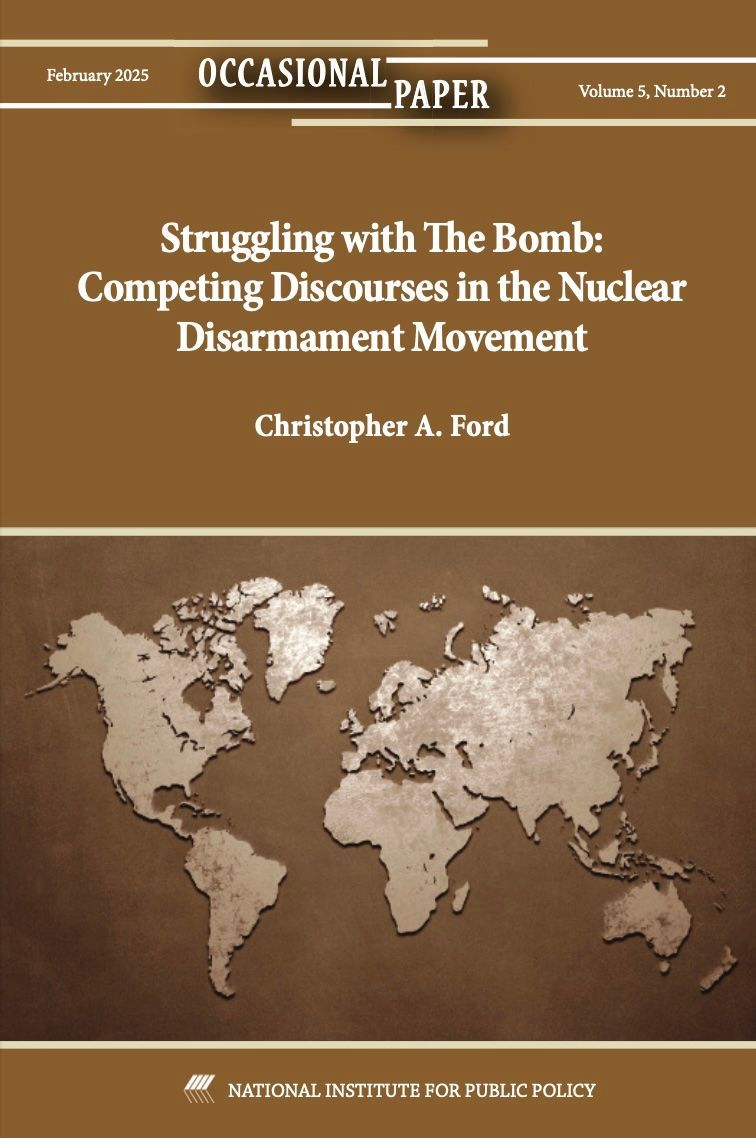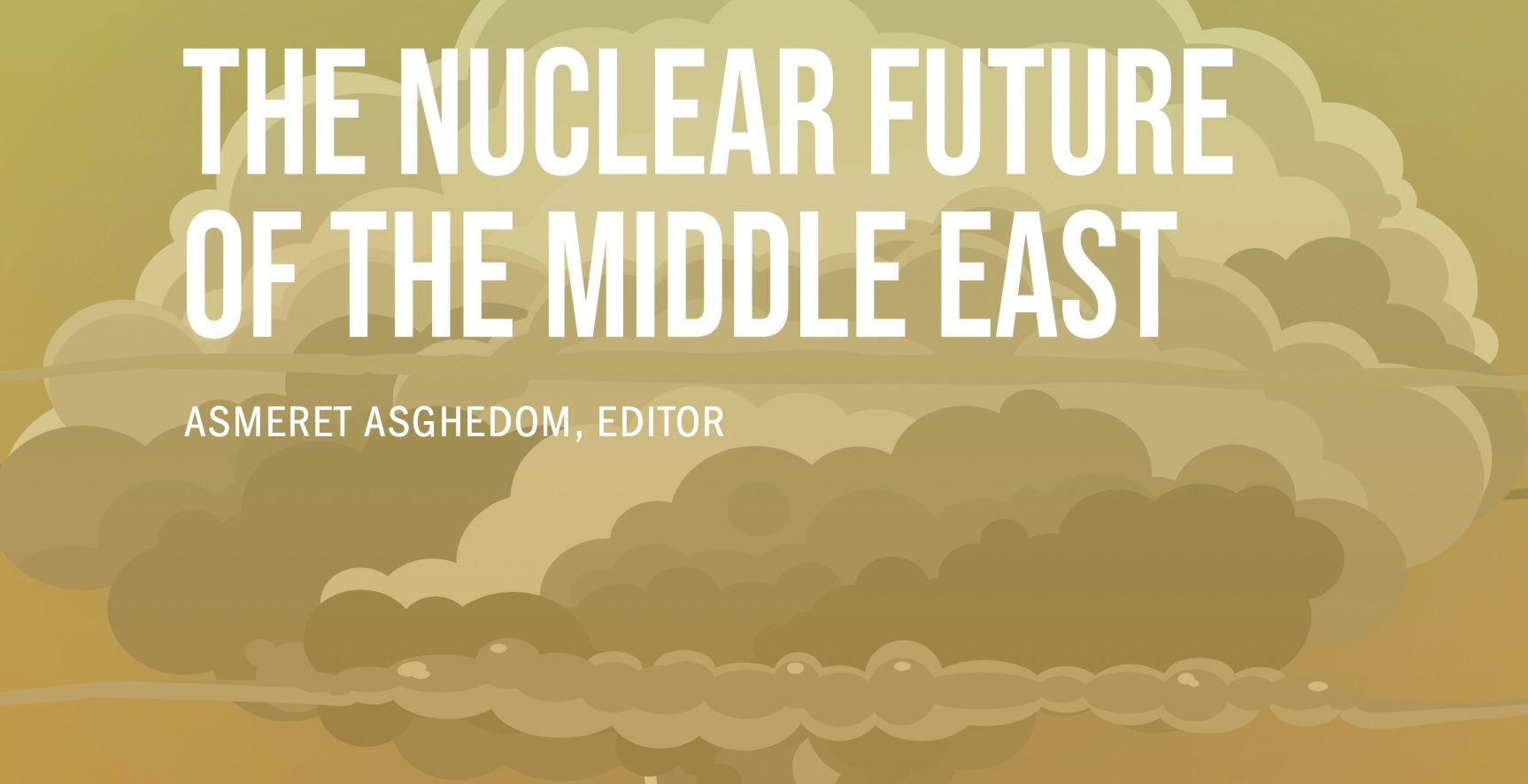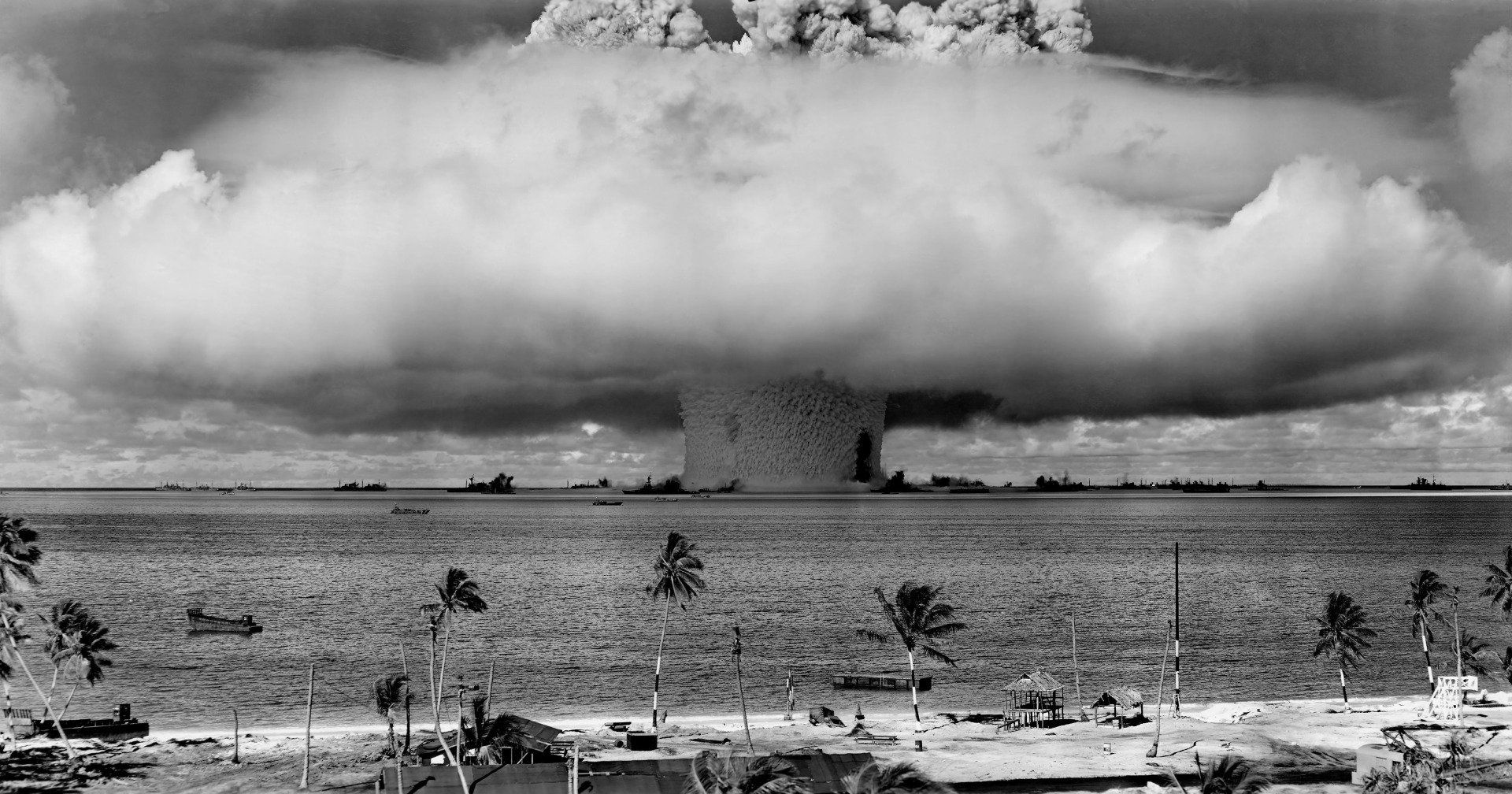The Hon. Christopher A. Ford
New Paradigms Forum -- International Security Policy Since 2009
Complexity and Nuclear Risk Reduction
Building upon his speech to a Hoover/AAAS event in October 2021, Dr. Ford prepared the following remarks for an event on December 13, 2021, at the Royal Institute of International Affairs (a.k.a. Chatham House) on "Uncertainty and Complexity in Nuclear Decision-Making."
Thanks for pulling this event together. What I’ll say here is, of course, only my personal view, and does not necessarily represent that of anyone else at MITRE, the Hoover Institution, or the State Department. Nevertheless, this is a topic that I hope to make an increasing focus of my own scholarship, and I’m pleased to be able to offer at least some tentative and exploratory thoughts today in response to the questions you’ve posed me.
Question One:
What Makes Nuclear Weapons Issues “Complex”?
Well, I suppose we should start by identifying what we
mean
by complexity, because there are at least two different things that one
could mean. When they speak about something being “complex,” people usually use the word simply in the colloquial sense: they are saying that the thing they’re describing is “very complicated.” I think of that as “little ‘c’” complexity.
But there’s at least one more technical and specialized meaning of Complexity as well, coming out of Complexity Science, and for present purposes I think this “capital ‘C’” form of Complexity is more interesting. Far beyond just saying that something is “complicated,”
this technical meaning of Complexity describes a fairly specific sort of system and behavior within it.
As I understand the science – and anyone on the call with technical training in this should please put me right – a system could be said to become “Complex,” in the formal sense, when its elements become sufficiently diverse, interconnected, and adaptive. That is, a Complex Adaptive System develops (1) when not all units are of the same type, (2) when the actions of any one unit affect other units, (3) when these units are able actively to change their behavior in response to the choices made by other actors, and (4) when the
degree to which these three things are true is significant, but yet not so extreme as to cause the system to spiral into so-called “chaos.”
Complexity of this particular, technical variety is really interesting for a lot of reasons. The behavior of Complex Adaptive Systems, for instance, can be quite nonlinear, difficult to predict, and paradoxically both quite resilient and yet subject to occasional dramatic shifts. And even Complex systems with quite simple unit-level rules of interaction can sometimes also produce surprisingly sophisticated higher-level patterns of “emergent” behavior.
So, from the perspective of
that kind of complexity, is nuclear weapons policy “Complex”?
Well, I would certainly say that the international security system in which nuclear weapons policies are
embedded is Complex. That system has a fairly large number of “players,” though the number of specifically nuclear weapons players is significantly smaller. Even within the “club” of possessor states, capabilities vary considerably, making that group fairly diverse. And of course the broader range of international players include entities that are very differently situated indeed across the various realms of national power.
There are also multiple axes of competition that are relevant to nuclear issues, not merely in terms of nuclear weaponry itself and its enabling technologies, but also other potential “cross-domain” military capabilities with potential strategic impact and non-nuclear military capacities that it has always been part of the role of nuclear weapons to defend against. These competitive dynamics exist within an evolving technological and economic matrix that has both direct effects upon players’ relative military capabilities and significant indirect effects upon overall national power, wealth, and competitiveness – and neither of these types of effect are particularly predictable, either to the players themselves nor to whomever might pass as an “objective” observer.
So I’d say that the international security environment is indeed a Complex Adaptive System. And this surely means that policy development and implementation for dealing with that Complex security environment needs somehow to be informed by insights drawn from Complexity Science.
Indeed, I commend Chatham House for holding this conference, in particular, because I think we at the national security policy and geopolitics end of the social sciences spectrum are falling behind some other disciplines in thinking through the implications of Complexity Science for our work.
But one sometimes hears it alleged that the nuclear weapons postures of one or more possessor states are themselves Complex, and I’m less sure about that. To be specific, through the prism of Complexity Science, I’d say that a force posture and its associated command and control system, is “complex” primarily in the colloquial sense – by which I simply mean “complicated.” But while such a system’s elements are connected, they really aren’t that adaptive in response to each others’ actions and don’t change their strategies of interaction in response to other the choices of other components – and hence I’d think that system not especially “Complex” in the technical sense.
Question Two:
Can Thinking About Complexity Help with Nuclear Risk Reduction?
As I noted, I hope to be able to spend more time on this very question in my own scholarship, but as tentative thoughts, let me offer six suggestions from the perspective of institutional design (e.g., of arms control or disarmament instruments or institutions).
- Perhaps the first lesson of Complexity has to do with keeping the number of players as small as possible, and hence the value of nonproliferation. Nuclear risks will likely increase as the number of players increases, and in many scenarios surely very rapidly indeed. Accordingly, a Complexity-informed statesman must prize nonproliferation very highly.
- Second, living safely and stably within a Complex system in which players interact with each other along many axes of competition – and on the basis of ambiguous and incomplete information and potentially mistaken assumptions – places a premium upon information. In such a context, improving the accuracy of one’s understanding of and “feel” for the perspectives and idiosyncrasies of fellow players is no guarantee of good results, but it is surely a better foundation upon which to build than error, confusion, or misapprehension.
So I think it’s reasonable to suppose that global security problems will be at least somewhat more soluble to the degree that greater numbers of international “players” in the system better habituate themselves to candid and thoughtful engagement with each other on issues related to global security, deterrence, nuclear risks, and potential ways to make arms limits or disarmament more feasible and sustainable. This is the purpose, for instance, of the Creating an Environment for Nuclear Disarmament (CEND) initiative.
- Another challenge that Complex systems may pose for treaty negotiation is that traditional approaches frequently impliedly assume that security problems can be enduringly “solved” like a Nash Equilibrium, thereafter having its solution fixed in place by force of law. In a Complex context, however, the “landscape” of optimal positions between the parties is not likely to be fixed, but will instead change over time as the players’ ongoing interactions reshape the figurative “terrain” on which they bargain. Here, static answers are likely to be inadequate.
For this reason, Complexity-informed arms negotiators may wish to think about how to build more flexibility into agreements. Treaties are already commonly time-limited, with provisions that expire on their own after a certain period. I would certainly not argue that time limits are always a good idea, but they are a tool that is at least potentially useful in allowing an arms control or disarmament framework to evolve in response to shifts in a “dancing” (dynamic) landscape.
Another option is to allow parties within a limitation framework the flexibility to adjust their posture within specified limits, as was to some extent done with New START.
It might also possible to make more use of escalation clauses. Escalation clauses, in effect, are provisions allowing one or more parties, in the event of a particular contingency, to do something that would otherwise be prohibited. Escalation clauses are also a potential way to accommodate security challenges presented by states outside an agreement. (A treaty might limit its parties to having a capability level of “X,” for instance, but provide that if a third party acquires “Y” capability those parties would be permitted to build to “X plus N” in response.) One might imagine such a clause, for instance, to be worth exploring to help handle the negotiating challenges presented by third-party proliferation threats that drive U.S. missile defense decisions disliked by Moscow and Beijing.
- In light of the ways in which evolving technology can sometimes give rise to tools having a potentially destabilizing effect but that fall outside formal treaty definitions, a further possibility to consider is making more use of “regulation by effect” – that is, prohibiting certain actions or effects on a basis that is “agnostic” vis-à-vis the particular weapons system or technology involved. This is what has traditionally been done in the Law of Armed Conflict for generations, after all, allowing the rules of warmaking to remain fairly constant even as the tools of warmaking change, and it might have some utility in arms negotiating as well.
- Fifth, Complexity-informed statemen should probably pursue “political arms control” where they can, supplementing their search for agreements regulating armaments per se with efforts to mitigate or better manage the underlying geopolitical conflicts and tensions that might encourage nations to want such tools.
- Sixth and finally – at least for now – I’d urge one not to forget the ways in which the U.S. nuclear posture is already informed by a sort of “system thinking” intended to make it and the deterrence it provides more resilient and hedge against breakdown and failure.
Having multiple legs on the nuclear “Triad” of strategic delivery systems, for instance, reduces the risk that adversary advances could undermine deterrence and prompt war by threatening the viability of any single leg. Similarly, having more than one warhead available per delivery system, helps reduce the systemic impact of any given technical problem. Having a robust and responsive nuclear infrastructure provides a bit of insurance against treaty “breakout” and improves systemic resilience against potential future threats. And maintaining an arsenal that is not “too small” helps guard against devastatingly quick overmatch by an adversary that cheats or breaks out of an arms agreement.
These sorts of redundancies are deliberately built into the nuclear posture, and I would urge my friends in the disarmament community to be cautious about reducing the resilience and redundancy that they provide. From a systems perspective, technical diversity, numerical scale, and production capacity reduce nuclear risks that might otherwise develop were one’s force posture so finely tuned at a “bare minimum” level that it would become dangerously fragile.
-- Christopher Ford



Copyright Dr. Christopher Ford All Rights Reserved





